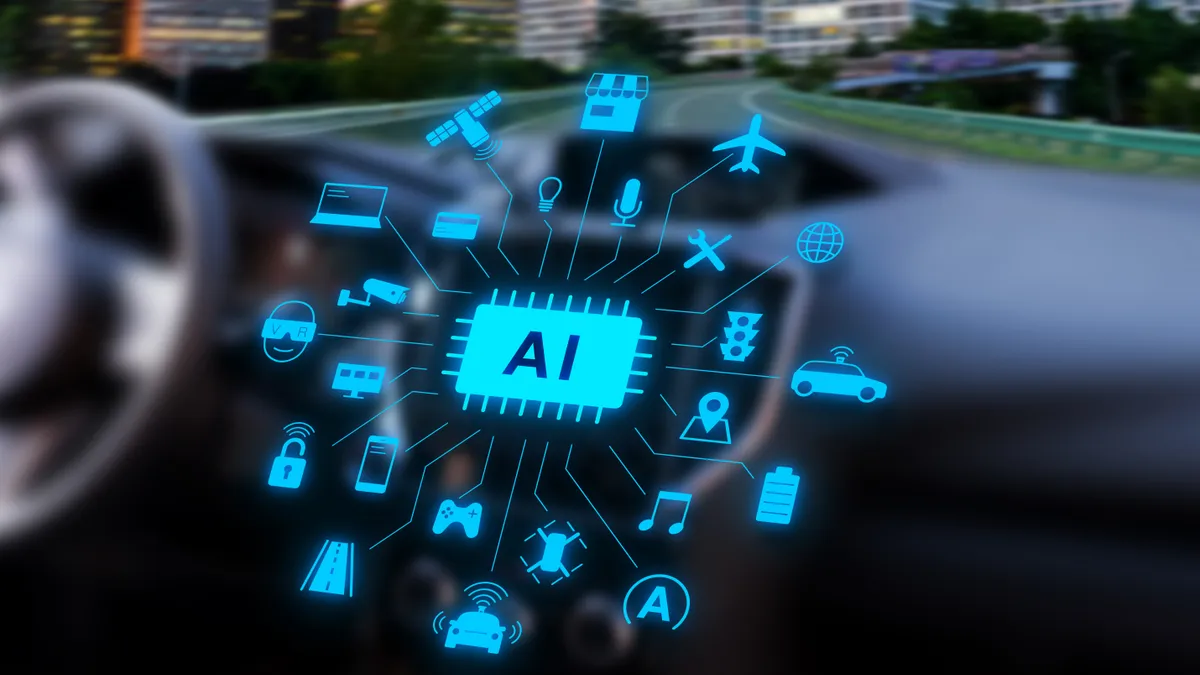Artificial intelligence is the talk of the town, and transportation is part of the conversation, according to an Aug. 29 report from the Eno Center for Transportation.
Much of the AI buzz in transportation centers on autonomous vehicles, but artificial intelligence could also benefit government agencies grappling with myriad transportation challenges, the report says.
“Applying AI would be beneficial to public agencies across modes and across the lifecycle of planning, building, operating, analyzing, and maintaining infrastructure and service delivery,” the report states.
Artificial intelligence could also help cities, states and transportation agencies with operations and systems management of transit systems, roadway asset management and maintenance and cybersecurity. The report adds that “Deploying AI technology could make the process of data collection and analysis more efficient and effective in decision-making.”
Artificial intelligence comes in many forms, including computer vision, machine learning and neural networks. Each of these can have applications in transportation management. The report gives examples such as:
- Using computer vision to detect obstructions to streets and along curbs.
- Employing convolutional neural networks to locate and identify illegally parked vehicles.
- Utilizing machine learning to predict microtransit service demand by location and time frame or develop tools to help people with disabilities find their way to precise transit pickup locations.
Other uses include improving traffic signal control at complex intersections and creating predictive models for where and when vehicle crashes are likely to occur.
But, the report cautions, “Government agencies are subject to public accountability and must abide by strict regulations on when and how data is collected, analyzed, and stored.” Officials must be mindful of how AI works and how the public will perceive the use of these technologies. “Regulatory agencies and private AI companies have opportunities to apply AI technology in a safe, effective way, and to explain why specific applications are improvements over similar work being done by a human,” the report says.
AI will spread across the transportation sector, advancing technological innovation much as it does in the consumer sector with recommendations for purchases, trip routing suggestions and natural language processing tools such as ChatGPT. “Ignoring it or declining to incorporate it into practice is not a viable or desirable option,” the Eno report concludes. “Instead, informed policymakers and practitioners can use AI to improve safety, service delivery, and equity, saving taxpayers money and creating a system that better serves the public.”
Renee Autumn Ray, senior director of transportation policy at Hayden AI, a California-based developer of automated bus lane enforcement systems, wrote the report for the Eno Center.












